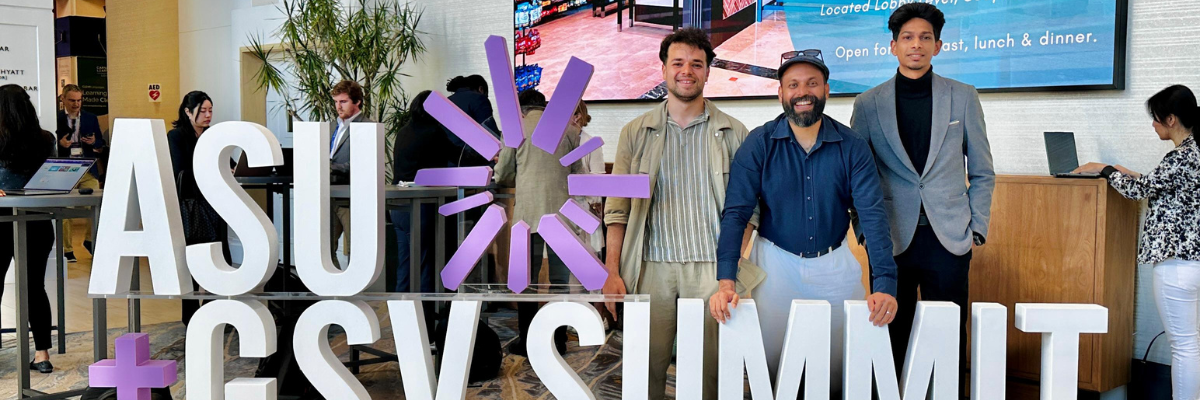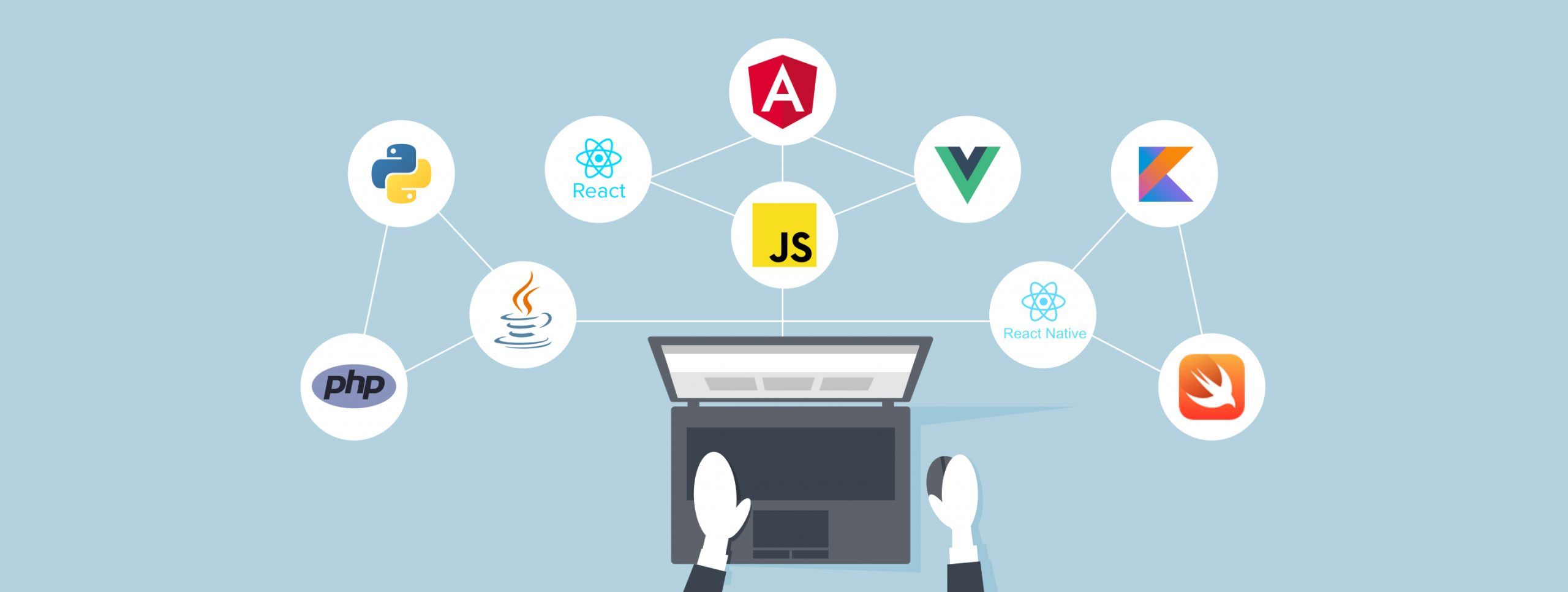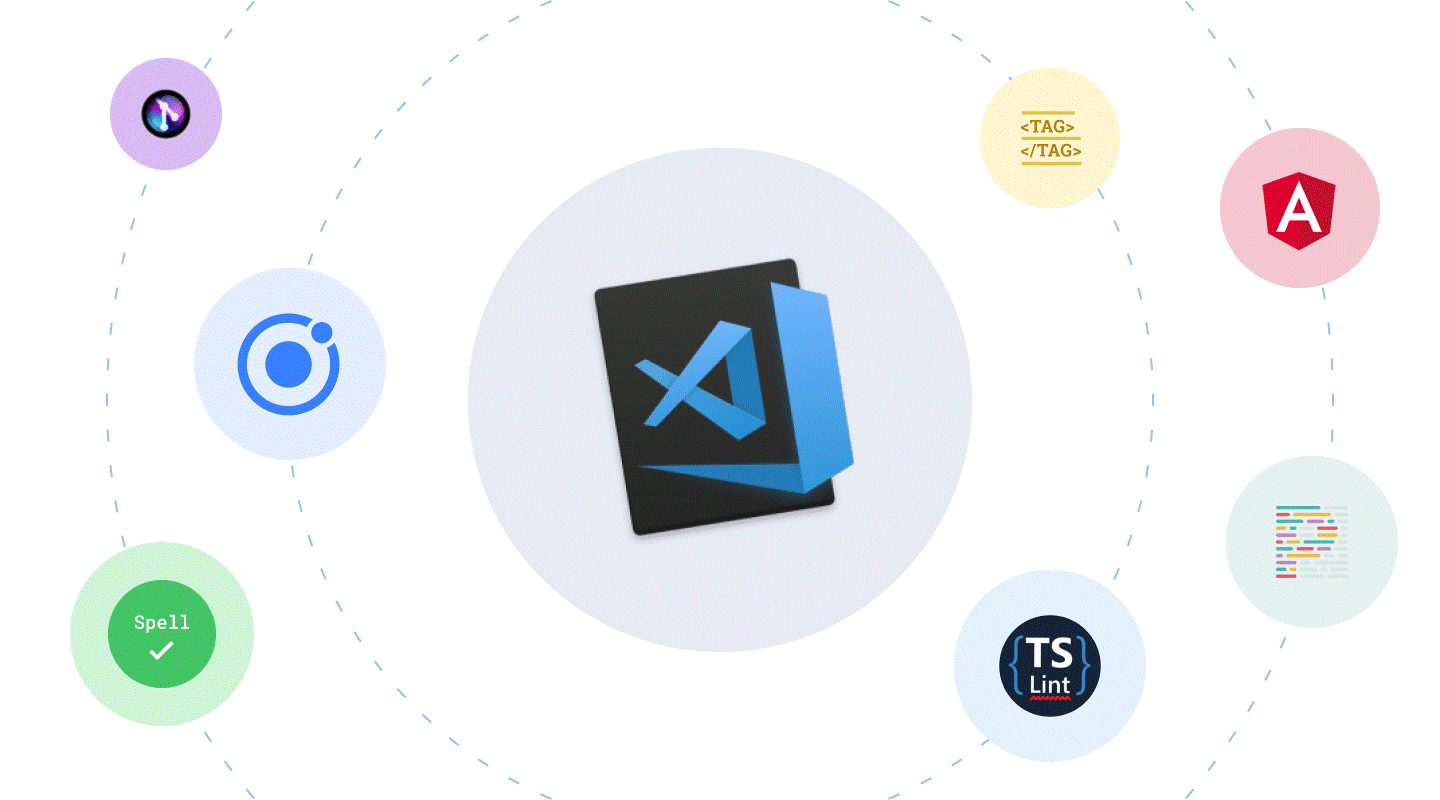
Archi’s Academy at ASU+GSV Summit 2025
Hosted in San Diego, the ASU+GSV Summit is where EdTech visionaries, global investors, policymakers, and founders meet under one roof to tackle education’s biggest questions. For us, it was more than a conference, it was a validation that project-based, tech-driven education is not just needed, but urgent.
All Blogs
Explore Stories, Insights, and Ideas from Our Community

Intro to HTML
Hey everyone. This blog is all about **HTML.** I know most of you guys know about it, but some people are new to it. So this is for those people I am focusing on. I’ll discuss only the basics of HTML. We all know that nowadays people rely on different websites for various purposes like submitting online applications, viewing web content, online purchasing, banking transactions, and so on. website is a collection of web pages. A web page contains texts, graphics, sound, animation, etc. Web pages are developed with the help of a language called **HyperText Markup Language(HTML).** It is also known as the language of the Internet. HTML tells the browser how to display the contents on a browser window.

Programming Languages
Hey folks! I'm Aiswarya. I hope you all are doing well. I’m here to share some info about the popular programming languages used in software development. A programming language is a set of commands, instructions, and other syntax used to create a software program. We have high-level and low-level languages. High-level languages are designed to be easy to read and understand. Low-level languages include assembly and machine languages.

The Full-Stack Developer Vocabulary: The advanced
Hello everyone, this is part 2 of my blog series and I'll be compiling the few more advanced words and phrases related to full-stack development. In case, if you missed part 1, check [here.](https://www.archisacademy.com/blogs/full-stack-developer-vocabulary) Of course, it will take much more time to learn the details of each of the things I'll be mentioning. Each of the words and phrases will be summarized to give you an idea of what these words and phrases mean so that you can understand what people are referencing with them when talking about certain areas of full-stack development.

VS Code Extensions
VS Code is a lightweight but powerful, open-source, easy-to-use source code editor created by Microsoft that is highly customizable mostly thanks to its extension support. From debugging, git integration, UI themes, and programming language support, to Spotify players and dating apps, there is an extension available for almost anything. And if one that meets your need doesn’t exist, you can easily create it with the help of some JavaScript/Typescript and detailed extension documentation.

Agile and Jira Concepts
Agile is a software development methodology that has an iterative approach to development, basically billing and releasing software incrementally from the start of the project rather than delivering everything all at once at the end. # Agile Principles -> Iterative development -> Adaptive to changing requirements -> Frequent delivery -> Close collaboration between cross-functional teams

The Full-Stack Developer Vocabulary: The essentials
If you're new to this whole full-stack development thing and get confused by some of the words people use when talking about full-stack development, then stick around because here, I'll be compiling the most common words and phrases related to full-stack development. Of course, it will take much more time to learn the details of each of the things I'll be mentioning. Each of the words and phrases will be summarized to give you an idea of what these words and phrases mean so that you can understand what people are referencing with them when talking about certain areas of full-stack development.